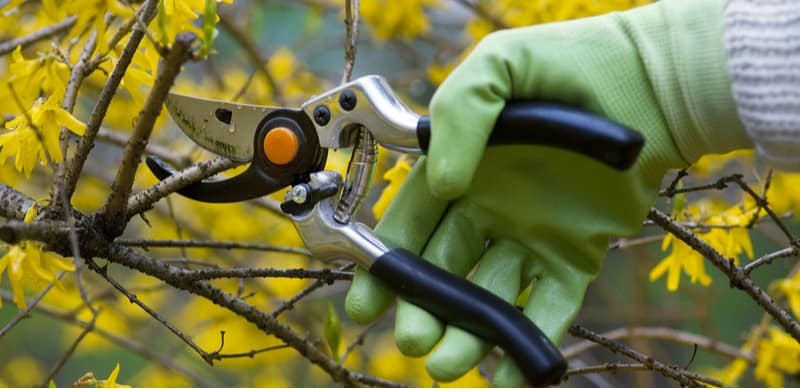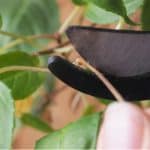Last updated on March 15th, 2022
Our site is reader supported, this means we may earn a small commission from Amazon and other affiliates when you buy through links on our site.
Pruning is not nearly as difficult a concept as you might think, and once you learn the basics of pruning shrubs, you can do it for any shrub you have to improve performance. The main consideration for working out when and how to prune a particular shrub is whether it’s deciduous or evergreen, and when it flowers.
Pruning Deciduous Shrubs
Deciduous shrubs will shed their leaves in winter and send any remaining food reserves to the root system. So, if you prune in winter or in spring, you give the shrub enough time to regrow and give their roots the support needed to overwinter. If you prune them in the summer, however, you remove food reserves that the green leaves need to be able to send south to the roots for winter.
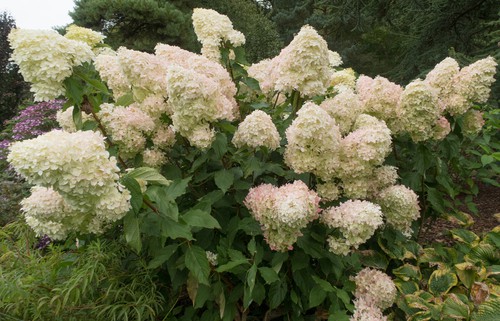
If your shrub is deciduous and flowers between July and October, prune in spring
So you can opt to prune in spring, before flowering. If the plants tend to flower between July and October, this is the time to do it. Food reserves from the roots will begin the process of sending nutrients to the new shoots and subsequently the new flowers. To that end, you can prune the growth from the previous year to about 2 or 3 buds above the healthy stems. This will encourage a strong framework and keep the plant blooming.
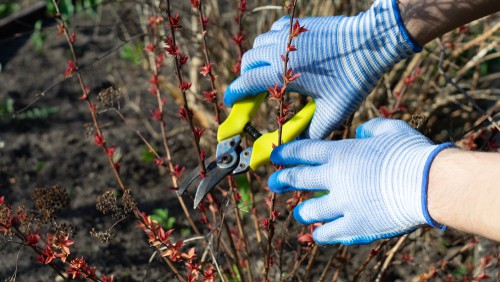
Pruning in the spring is best for plants like:
- Spirea japonica – Perfect for attracting bees and butterflies
- Hydrangea paniculata
- Buddleia (Butterfly Bush)
Shrubs to prune in summer after flowering – usually shrubs that flower between November and June
You can also opt for summer pruning after flowering has ended. This is for plants that flower between November and June, such as Kerria or Weigela. This summer pruning after flowering has finished will remove a lot of the food that is reserved in the green leaves but with this method, the flower buds are formed on new growth, from the older existing branches.
If doing summer pruning, prune the flowered stems back to an upright shoot as low as you can. It is best to remove older branches that are no longer flowering well. You should remove one stem out of three down to between 30cm and 40cm above the ground.
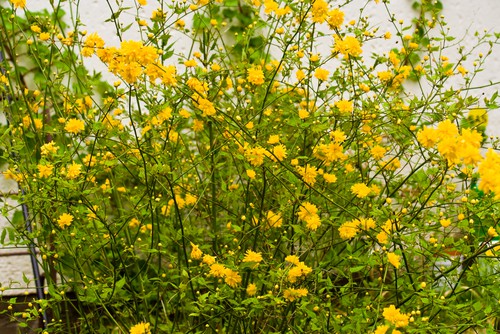
Pruning in the summer is best for plants like:
- Weigela
- Kerria japonica, which has stunning yellow flowers
- Ribe ‘King Edward’ (Flowering currants)
Pruning Evergreen Shrubs
If you have an evergreen shrub that means it doesn’t lose its leaves in winter, so no food is stored in the roots. Still, it is best to avoid pruning in the autumn or winter because it could damage the plant and leave the root to foliage ratio unbalanced. Instead, we highly recommend pruning after flowering to control the size and remove any diseased or damaged growth if needed. If your plant needs an overhaul (a hard prune) you can do it at the end of winter or the beginning of spring before any growth starts without too many issues.
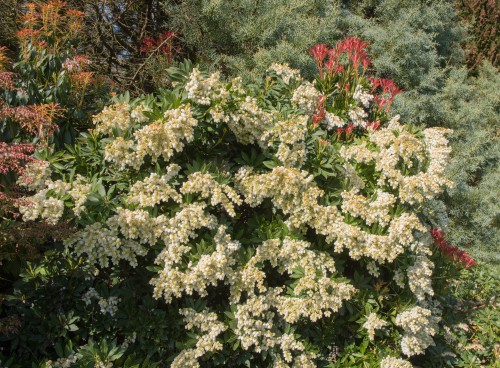
With evergreen shrubs, you should deadhead and remove any damaged or diseased wood as required. You should also remove branches or stems as necessary to provide better airflow.
Pruning Newly Planted Shrubs
If you have planted your shrub recently, you don’t have to worry about pruning. For the first few years, while the shrub is getting established, you can give it light trimming to maintain its shape. Sometimes if you have a plant that is not well-branched and is leggy you can prune by about a third to a half to encourage branching in the first year.
Hard Pruning Deciduous Shrubs
When your deciduous shrub has gotten out of hand, lost its shape, or is too congested and needs a serious overhaul, you should prune the main upright stems between November and March. Be sure to remove the older stems that are not very productive. This is a suitable pruning method for shrubs such as Magnolias and Forsythias.
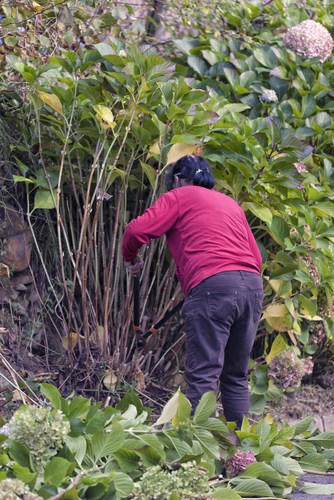
Hard Pruning Evergreen Shrubs
If you need to rejuvenate or prune an evergreen shrub that is simply too large, this is best done at the end of winter or beginning of spring, after flowering if they flower early.
Older shrubs are best pruned over the course of several years with light spring pruning or hard summer pruning, especially to get the size and shape you want.
Feed and apply mulch after hard pruning
It is best to feed with a balanced fertiliser and a good layer of mulch in the spring after doing a hard prune to encourage healthy new growth.
Image credits – Shutterstock.com

